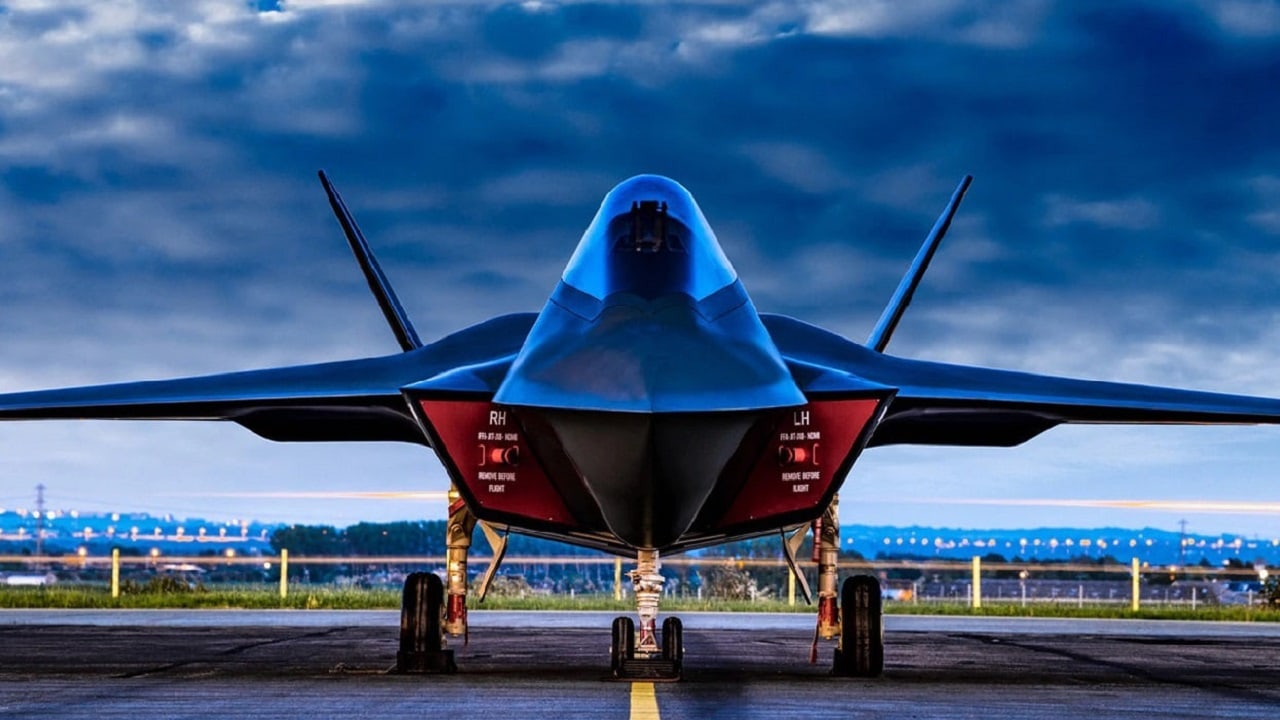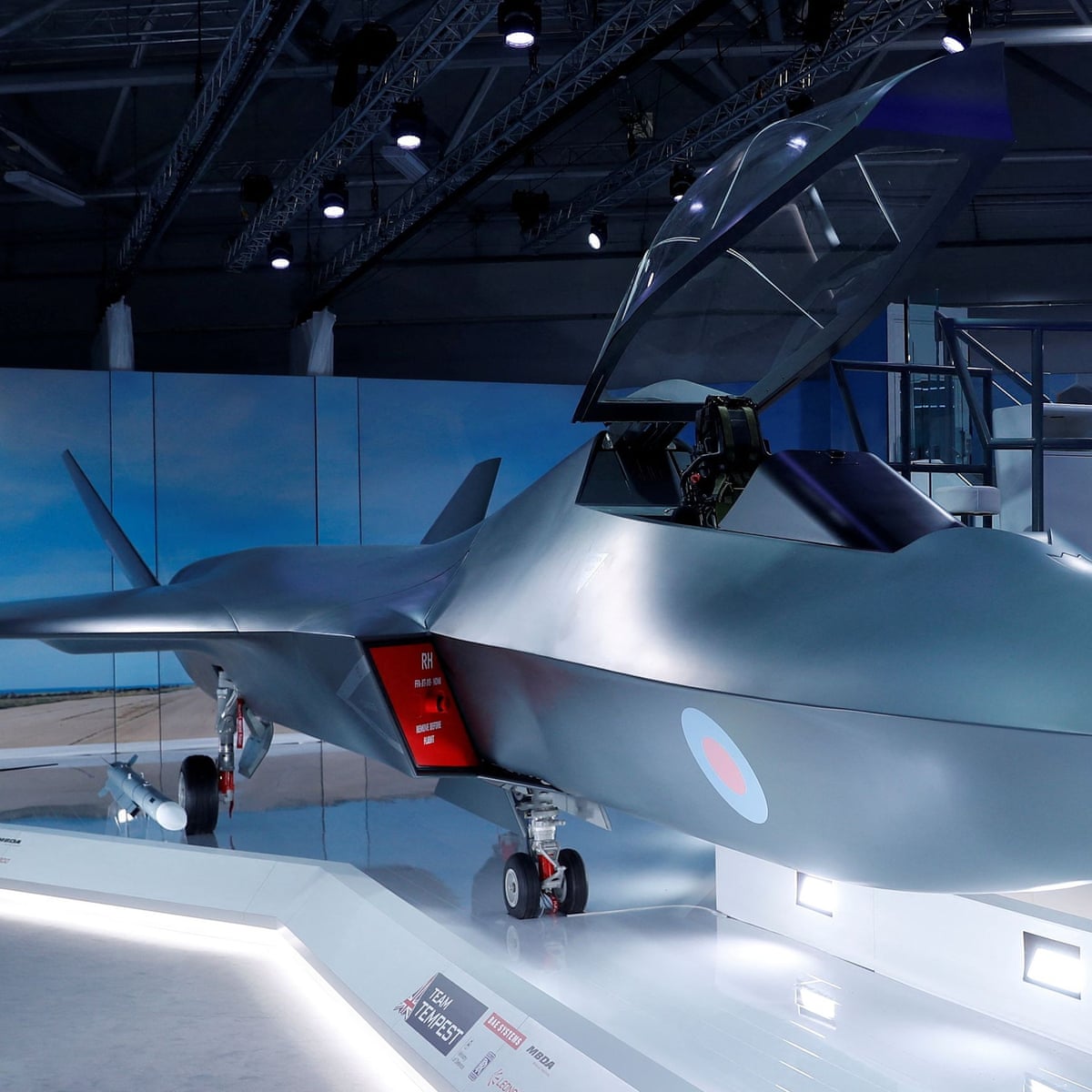The UK’s Tempest – What We Need To Know: It was just four years ago, at the last Farnborough Air Show that the United Kingdom’s Ministry of Defence announced that a new jet fighter program was in the works. The Future Combat Air System (FCAS) – which shouldn’t be confused with a rival French-German-Spanish effort also underway – has made significant progress in the time since. Here is what we know about the Tempest program so far.
(Check Out Our Latest Original video above detailing the Tempest 6th Generation Fighter.)
Tempest Tech Demonstrator Coming Sooner Than Expected
At this year’s Farnborough Air Show, the MoD announced that a fighter demonstrator could be unveiled within the next five years. That demonstrator is seen as vital for ensuring that the technology, skills, and industrial capability are all in place to produce the aircraft. Designing and building the flying demonstrator will also improve integration and test skills, while it will further provide invaluable data and lessons to the UK industry to support the introduction of a new FCAS aircraft by 2035.
The UK Defence Ministry had also signed a £250 million contract with the Tempest partners to push forward its next-generation fighter aircraft program. It is expected to combine a core aircraft with a whole network of capabilities such as uncrewed aircraft and advanced data systems to form a next-generation platform designed to enter service from the mid-2030s.
It is a Joint Effort
The sixth-generation Tempest fighter is the core component of the FCAS program. Team Tempest is now made up of a group of international industry partners: BAE Systems, Rolls Royce, Leonardo and MBDA. These partners are working with the RAF’s Rapid Capabilities Office and the Ministry of Defence to develop the technologies needed for the next generation of air combat.
AI Copilot

It is currently believed that the Tempest is being designed so that it could be flown remotely, or with a human in-cockpit pilot who is assisted by a virtual “avatar” co-pilot, which will be programmed to react to different scenarios. In addition, it will likely operate with a number of “loyal wingmen” drones – and this could include the ability to launch drone swarms against an adversary’s aircraft.
A Wearable Cockpit
The Tempest could also utilize “wearable cockpit” technologies, which would replace physical controls with augmented and virtual reality (AR/VR), including displays that are projected directly inside the visor of the pilot’s helmet. The multi-modal cockpit could further provide a number of different ways the aircrew will interact with the system, including voice, gesture, eye tracking, digital controls, or via traditional HOTAS (Hands-On Throttle And Stick) controls.
Advanced Sensors and Radars

The Italian-based Leonardo has disclosed that it is developing new radar technology for Tempest. Its Multi-Function Radio Frequency System (MRFS) is designed to collect and process unprecedented amounts of data, which has been described as being equivalent to “the internet traffic of a large city.” MRFS is being designed to work beyond the boundaries of traditional radar, with digital technology providing the operator with a clear view of the battlespace and of potential targets, “helping it win the information wᴀʀ.”
Truly Top Secret
The UK-led Team Tempest may have shared some key details about the future fighter, but there is still much we don’t know about the jet or the other aspects of the FCAS project – and the MoD aims to keep it that way. The makers of the Royal Air Force’s next-generation supersonic fighter have actually increased security for the top-secret project amid growing threats from Chinese and Russian spies. It is well-known that Chinese hackers stole design details for the Lockheed Martin F-22 and F-35 fighters, and BAE Systems isn’t about to let Beijing glean any critical data.





